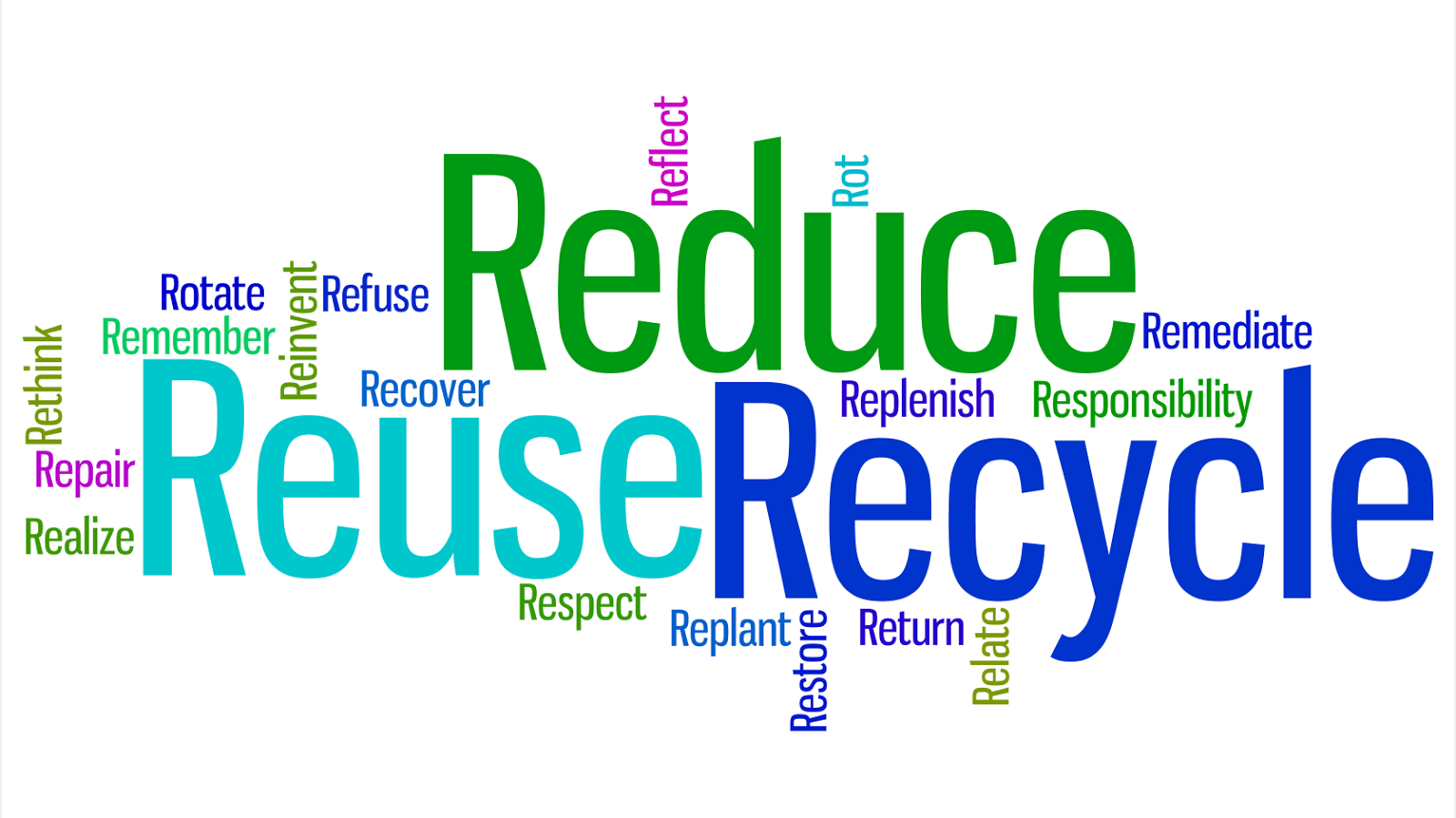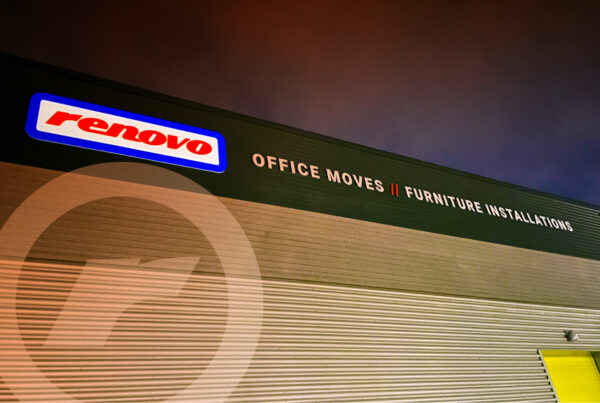
Landfill tax is increasing on an annual basis, so disposing of your waste is going to cost you even more in the future, as well as having a negative perception with your customers and impact on the environment.
By continually throwing office furniture away we are harming the environment, wasting valuable materials and wasting money. Office furniture is typically made up of five different types of materials which can all be recycled with a bit of effort: woods, metals, plastics, fabrics and foams.
At Renovo we are striving for 100% re-use or recycling. A full report is issued to the client detailing all elements that have been recycled, donated and re-used. Renovo are WEE compliant.
We follow two important principles The Circular Economy & The Waste Hierarchy.
A circular economy is an alternative to a traditional linear economy (make, use, dispose) in which we keep resources in use for as long as possible, extract the maximum value from them whilst in use, then recover and regenerate products and materials at the end of each service life.
Why a circular economy is important?
As well as creating new opportunities for growth, a more circular economy will:
• reduce waste
• drive greater resource productivity
• deliver a more competitive UK economy.
• position the UK to better address emerging resource security/scarcity issues in the future.
• help reduce the environmental impacts of our production and consumption in both the UK and abroad.
Redundant Legacy Furniture in line with the Circular Economy Principles
It is possible to carry out furniture and equipment clearances in-line with the Circular Economy Principle. In doing so you will minimise the waste produced in your clearance and maximise the materials that can be reused. Where your resources cannot be reused, a range of recycling and reprocessing options using local suppliers should be sought. When further recycling is not possible, energy to waste solutions can then be provided.
Furniture Storage & Management – Waste Prevention
Audits of Existing furniture – It is vital to ensure that you are making the most of your assets. A furniture and equipment audit should be produced to detail what is not required anymore. Furniture type, size, colour, and condition scores should be noted. Whilst this furniture may not be suitable for one space, it may be still relevant to other areas of your business. It may well be that other support functions in the business could make use of this asset.
Storage and Stock Control
Can help you keep better control of your resources with up to date records of all your furniture. It is possible to store your furniture and be provided with the ability to view all stock on line, so you only store what you need for your long term requirements.
Furniture Re- use – Minimising Your Waste
Re-Modelling of existing furniture – life of existing assets can be extended by re- modelling and re-topping desks. In addition, larger desks can be reduced in size and shape dependant on type and framework to make them more relevant to a changing workplace.
Chair & Fabric Refurbishment
A seating upholstering, renovating and repairing service can be sourced. This service typically covers not only all types of office chairs as well as commercial, fixed and education seating as well.
Furniture and Equipment Resale
With changing requirements and technologies, good quality furniture and equipment can often be wasted. It is important to ensure the full value of the equipment can be realised and the exit from the building is managed. Whilst eBay and similar platforms can be useful for selling single items, to manage multiple transactions for a large asset sale can be very time consuming and stressful.
Selling IT equipment can be quite lucrative, but it is important that all Data bearing assets have been cleared/wiped of all data.
Reuse – Charitable Donations and Reselling Your Furniture
If you have charities that can benefit from furniture and equipment that you no longer need, then this is a great way to extend the life of these assets. It will also benefit your CSR portfolio. This could be the physical assets or monies raised from reselling / recycling the assets as a donation.
Recycling
It should only be when the above routes have been exhausted that the re- cycling of the assets should be considered. It is also important to avoid Landfill as much as possible.
Most items can be dismantled to ensure that the different components and materials can be separated into recyclables. This is normally metal such as chair bases, filing cabinets, desk frames etc. These can then be taken to a metal recycler who will weigh the product to be processed. In most instances this will attract a credit from them, dependent on weight and type of metal.
Woods should also be separated and recycled. This in some instances can be transferred from Waste to energy which attracts a lower fee then mixed waste.
Any other items should then go to waste transfer sites that will carry out further segregation of recyclable materials.
IT & WEE Clearance
It is vital that you meet your environmental commitments and legal responsibilities when disposing of redundant IT and electrical equipment. All items must be recycled in line with the WEE directive. This means that all items will be dismantled to their component parts and all recyclables are extracted from them.
Before any data bearing items are handed over it is important to ensure that all Data media is wiped. Accredited WEE recycling companies will be able to help with this element to meet the relevant security standards.
The Waste Hierarchy
The waste hierarchy is a set of priorities for the efficient use of resources; this underpins the objectives of the Waste Avoidance and Resource Recovery Act 2001.
The waste hierarchy is: avoidance including action to reduce the amount of waste generated by households, industry and all levels of government
Showcase follows this approach to furniture and equipment clearances.
We aim to minimise the waste produced in your clearance and installation, as well as to maximise the materials that can be reused.
Where your resources cannot be reused, we have a range of recycling and reprocessing options to recycle as much as possible using local suppliers. When further recycling is not possible, energy to waste solutions will then be provided
If you would like any more information on Circular Economy, the Waste Hierarchy or need help with any of these services please get in touch with Danny Rutter on 07553 265 461



 Quality Assured
Quality Assured Health and Safety
Health and Safety

